Anxiety in Youth
Featured Free Downloadable Resources for Anxiety in Youth

How to Talk to Children and Adolescents About War
Download this resource to help facilitate a conversation and safe space to talk about war-related trauma and anxiety triggered by traumatic events.
How To Address Test Anxiety
Exam anxiety can cause students to "go blank," become frustrated, or doubt their intellectual abilities. This test anxiety booklet helps students a[...]
Featured Resources for Anxiety in Youth
What is Body Focused Repetitive Behaviour? (BFRD)
Body-Focused Repetitive Behaviours, or BFRBs, are a cluster of habitual behaviours that include hair pulling, skin picking, nail biting, nose picking, and lip or cheek biting. Currently, the most recent edition of the clinician’s diagnostic manual [...]View
